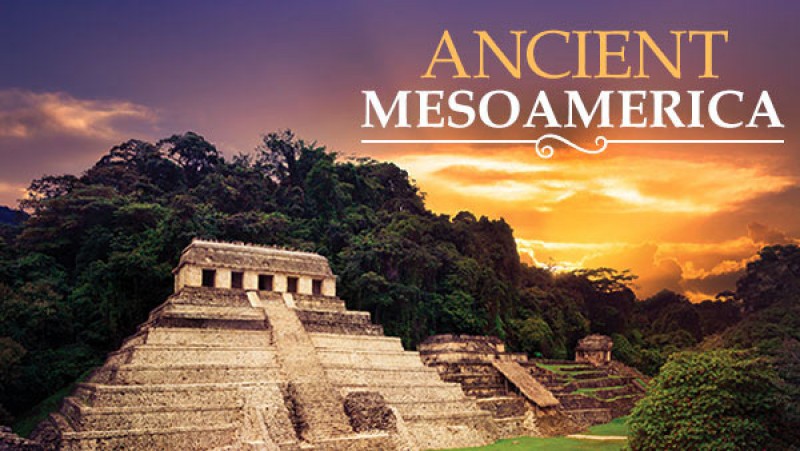
When the Europeans began their invasion of the Americas, they found that the indigenous people of the continent, generally called American Indians, had a highly developed agricultural system. While American Indians raised a great many different crops, one of the important plants was maize (Zea mays), often called corn in American English. In addition to maize, American Indians had also domesticated numerous other plants, including beans, squash, chili peppers, avocados, cotton, and others.
With regard to the importance of maize in the Americas, Michael Coe and Rex Koontz, in their book Mexico: From the Olmecs to the Aztecs, write:
“Maize was and is the very basis of settled life in Mexico and, in fact, throughout the regions of the New World civilized in Pre-Columbian times.”
The archaeological record shows that corn was originally domesticated in Mexico and then diffused north into the eastern portion of what is now the United States and into the American Southwest. It also diffused south into South America.
In general, the process of plant domestication was neither random nor sudden. Early hunters and gatherers had to have an intimate knowledge of ecology. They understood the seasonal cycle of plants and for thousands of years had deliberately altered the environment through processes such as burning to enhance the plants they found most useful. With regard to the process of domestication, Emily McClung de Tapia, in an essay on the origins of food production in The Oxford Companion to Archaeology, reports:
“The origin of agriculture represents the culmination of a number of interrelated processes, socioeconomic as well as biological and ecological. For instance, some plants such as maize or certain species of beans underwent mutations, altering their genetic composition and rendering them more amenable for harvesting, subsequent storage, and, finally, human consumption.”
A domesticated plant is one which has become genetically altered through human intervention so that it has become dependent on human actions for its continued reproduction. It should be pointed out that humans also cultivate and care for plants which have not become domesticated. In the process of domestication, humans deliberately select for favorable mutations and genetic change.
The search for the origins of maize involves three basic questions: (1) what was the ancestral plant for maize; (2) when was it first domesticated; and (3) where was it domesticated. In general, the search for the origins of maize has focused on Mexico in the period after 7000 BCE. Initially, archaeologists hypothesized that a wild grass known as teosinte (Zea mexicana) was the progenitor of maize (Zea mays) and recent findings from molecular biology support this hypothesis.
Some of the earliest archaeological evidence of maize comes from the site of San Andrés on the Gulf Coast of Tabasco. At this site, evidence of maize in the form of phytoliths (tiny silicon particles contained in plants) dates to 4800 BCE. Michael Coe and Rex Koontz report:
“There are no known wild species of Zea native to coastal Tabasco, so these plants were introduced to the region, almost certainly by humans. At the same level the archaeologists found evidence of large-scale forest clearance of the type associated with maize cultivation in this area.”
In the highlands of Oaxaca, archaeologists found a maize cob in Guilá Naquitz cave which was dated to 4300 BCE.
The best-known evidence for the early domestication of maize comes from the Tehuacan Valley in Puebla. Originally, the cobs from caves in this valley were dated to about 5000 BCE, but more recent re-dating of the material suggests a date of only 3500 BCE.
The cobs found in both the Oaxaca and Tehuacan sites show that maize had already gone through significant evolution from teosinte. The data from these sites do not provide definitive answers to the questions about when and where maize was first domesticated. Michael Coe and Rex Koontz summarize the data this way:
“We have some way to go before we answer these questions, but the most important general fact remains: many thousands of years before Christ, the Indians of Mesoamerica had brought a very primitive, wild form of maize under their control.”
The development of agriculture had ramifications for social organization. While archaeologists used to talk about an agricultural revolution (called the Neolithic Revolution in Europe) which seem to imply rapid sociocultural change, the archaeological data today suggests a rather slow evolution. Gradually, the domesticated plants, such as maize in the Americas, became more important and with this came villages with permanent structures, storage facilities, and greater use of pottery. Looking at the archaeological data from Tehuacan, Emily McClung de Tapia writes:
“The transition to increased dependence upon cultivated food plants goes hand-in-hand with an increase in the region’s population together with increases in the duration of occupation of campsites.”
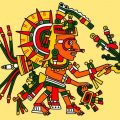
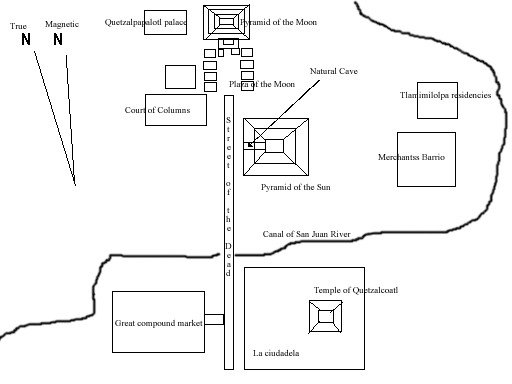
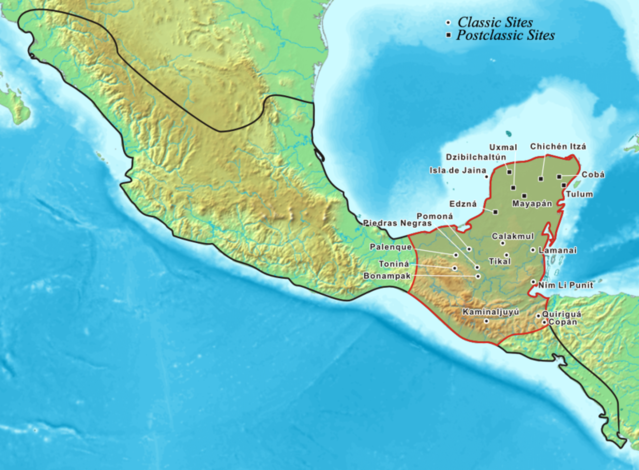
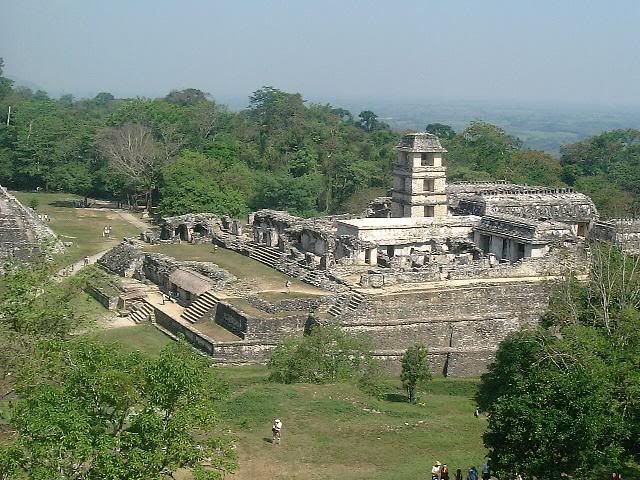
Leave a Reply